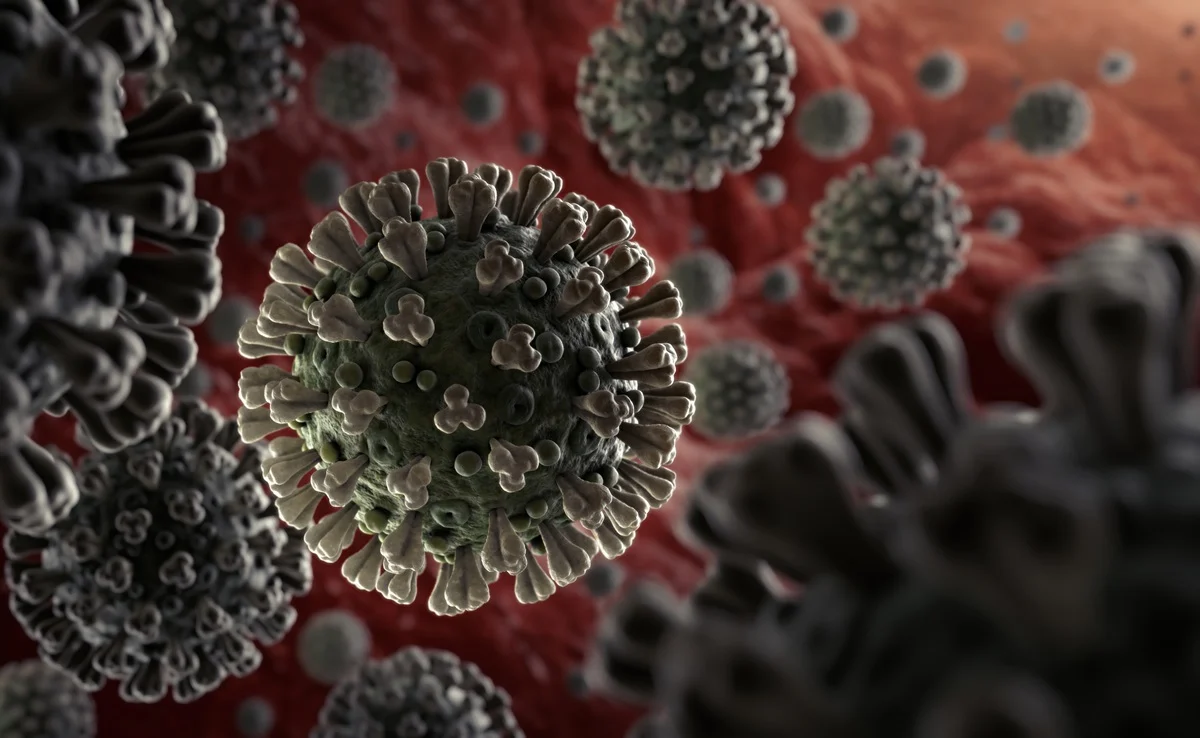Scientists Warn: New Bat Coronavirus May Infect Humans Like COVID-19
Introduction
The world is still recovering from the devastating impact of COVID-19, and now, scientists have raised concerns about a newly discovered bat coronavirus that may have the potential to infect humans in a similar manner. As researchers continue to study this virus, questions arise about whether it could lead to another global health crisis. This blog explores what scientists know so far, how this virus compares to COVID-19, and what can be done to mitigate the risks.
The Discovery of the New Bat Coronavirus
Recent studies have identified a novel coronavirus in bats, raising alarms in the scientific community. Coronaviruses are a large family of viruses that often originate in animals, particularly bats, which act as natural reservoirs. In the past, several deadly coronaviruses, including SARS, MERS, and COVID-19, have originated from animals before jumping to humans. This new virus shares structural similarities with SARS-CoV-2, the virus responsible for COVID-19, prompting urgent research into its potential for human transmission.
How Does It Compare to COVID-19?
Initial findings suggest that this new bat coronavirus may utilize the same ACE2 receptor pathway as SARS-CoV-2. This means it could have the ability to bind to human cells, making infection possible. Scientists are examining several key factors:
- Receptor Binding Affinity: Studies indicate that the new virus has a strong affinity for the ACE2 receptor, increasing the possibility of human infection.
- Genetic Similarities: While not identical, this virus shares several genetic traits with SARS-CoV-2, raising concerns about its ability to cause illness.
- Potential for Human-to-Human Transmission: While no direct cases have been confirmed, scientists warn that if the virus mutates in a way that enables efficient human-to-human transmission, it could pose a serious threat.
Could This Lead to Another Pandemic?
The possibility of another coronavirus pandemic cannot be dismissed. Several factors determine the likelihood of an outbreak:
- Zoonotic Spillover Events: Close contact between humans and infected animals increases the risk of the virus jumping species.
- Mutation and Adaptation: If the virus undergoes changes that enhance its ability to spread among humans, it could lead to widespread infections.
- Public Health Preparedness: The ability to detect and contain outbreaks early is critical in preventing a repeat of COVID-19.
Lessons from COVID-19: What Can Be Done to Prevent Another Outbreak?
The COVID-19 pandemic provided valuable lessons that can help in mitigating the risks posed by emerging viruses. Some key strategies include:
- Enhanced Surveillance: Continuous monitoring of bat populations and other wildlife for emerging viruses is essential.
- Global Collaboration: International cooperation between scientists, governments, and health organizations can lead to early detection and containment.
- Investment in Research: Studying coronaviruses before they become a global threat can help in developing preventive measures.
- Rapid Vaccine Development: The success of mRNA vaccines in combating COVID-19 suggests that similar approaches could be used to develop vaccines for emerging coronaviruses.
- Public Awareness and Education: Educating people about the risks of zoonotic diseases and promoting hygienic practices can reduce the likelihood of transmission.
The Role of Wildlife and Environmental Factors
Deforestation, habitat destruction, and climate change have contributed to increased human-wildlife interactions, leading to a higher risk of zoonotic spillover. Addressing these environmental factors is crucial in preventing future outbreaks.
- Regulating Wildlife Trade: Illegal wildlife markets have been linked to past coronavirus outbreaks. Stricter regulations can reduce the risk of transmission.
- Conservation Efforts: Protecting natural habitats can limit the movement of wildlife into human-populated areas.
- Sustainable Practices: Encouraging sustainable agricultural and industrial practices can help reduce human encroachment into wildlife habitats.
Preparing for Future Pandemics
While the world is better equipped to handle pandemics now than before COVID-19, there is still much to be done. Governments and health organizations must prioritize:
- Stronger Healthcare Systems: Ensuring that hospitals and healthcare facilities are well-prepared for potential outbreaks.
- Emergency Response Plans: Having clear protocols in place for identifying and responding to new viral threats.
- Funding Scientific Research: Investing in virology, epidemiology, and vaccine development to stay ahead of emerging diseases.
Conclusion
The emergence of a new bat coronavirus with the potential to infect humans serves as a stark reminder that viral threats are ever-present. While there is no immediate evidence of an outbreak, the similarities between this virus and SARS-CoV-2 warrant serious attention. By learning from the COVID-19 pandemic, enhancing surveillance, and investing in scientific research, we can work toward preventing another global health crisis. Vigilance, preparedness, and global cooperation will be key in safeguarding public health from future pandemics.

Post Comment